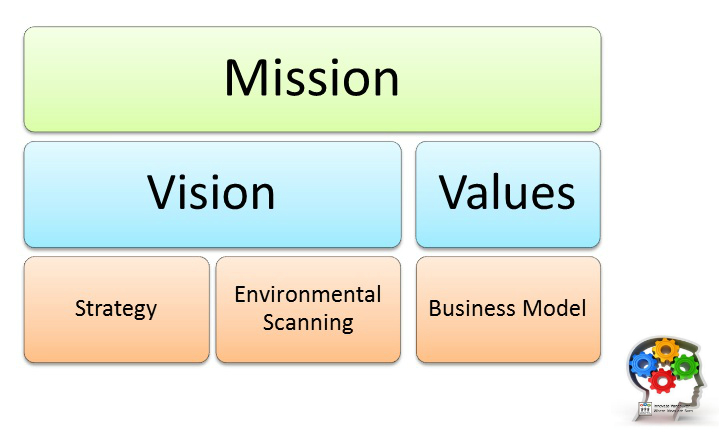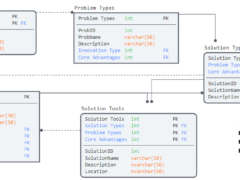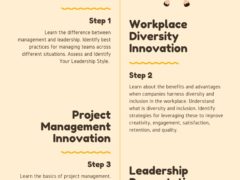The organization’s mission statement represents the organizations best guess of how to best serve their target customers. The mission statement is a business hypothesis. Therefore, it warrants frequent visiting by the board and nonprofit leadership team members. This ensures the financial, human, and technological resources have the desired impact. For better or for worse, organizational mission statements are often permanently grafted onto the static DNA of the organization. This permanence restricts organizational flexibility. Organizational pivots in response to changing environmental and customer needs is not only thus restricted it remains unlikely. For those organizations who seek to pivot only a fraction are able to navigate the hurdles of organizational change.

Organizational pivoting is strengthened when the leadership team is able to produce a convincing business case for change. The business case is crucial for strengthening the organization’s capacity to change. It remains a common element of most change management methodologies. Creating a convincing business case for change is challenging. It often reflects values, insights, goals, and terms. These are in conflict with the organization’s status quo. Most change management efforts fail to meet their goals because of member commitment to existing norms.
The best mission statements are those that are both specific and general in their communication of goals. The result is the culmination of several statements. They allow for the organization to pivot and adapt to changing customer needs. They also help seize opportunities as they surface. In many cases the organizational cultures becomes implicitly viewed as synonymous with the organization’s mission statement.
A Mission Building Canvas –

The mission statement requires the organizational culture for the mission to be realized. However, the long-term vision conveyed in the mission statement should take the lead. Unfortunately this is not always the case, as many nonprofits face obstacles, resistance, and limitations to change management efforts. The customer is served less effectively as the evolution of the organization’s mission statement stalls.

The mission statement as a business hypothesis should be adaptable. It should change as new technologies, strategies, resources, processes, and best practices are discovered.
The organization’s business model should be structured to support the business hypothesis. The value chain must also align with it. Later, recruitment and department efforts should be adjusted to test it.
Travis Barker, MPA GCPM
Innovate Vancouver is a Technology and Business Innovation Consulting SErvice located in Vancouver, BC. Contact Innovate Vancouver to help with your new project.




